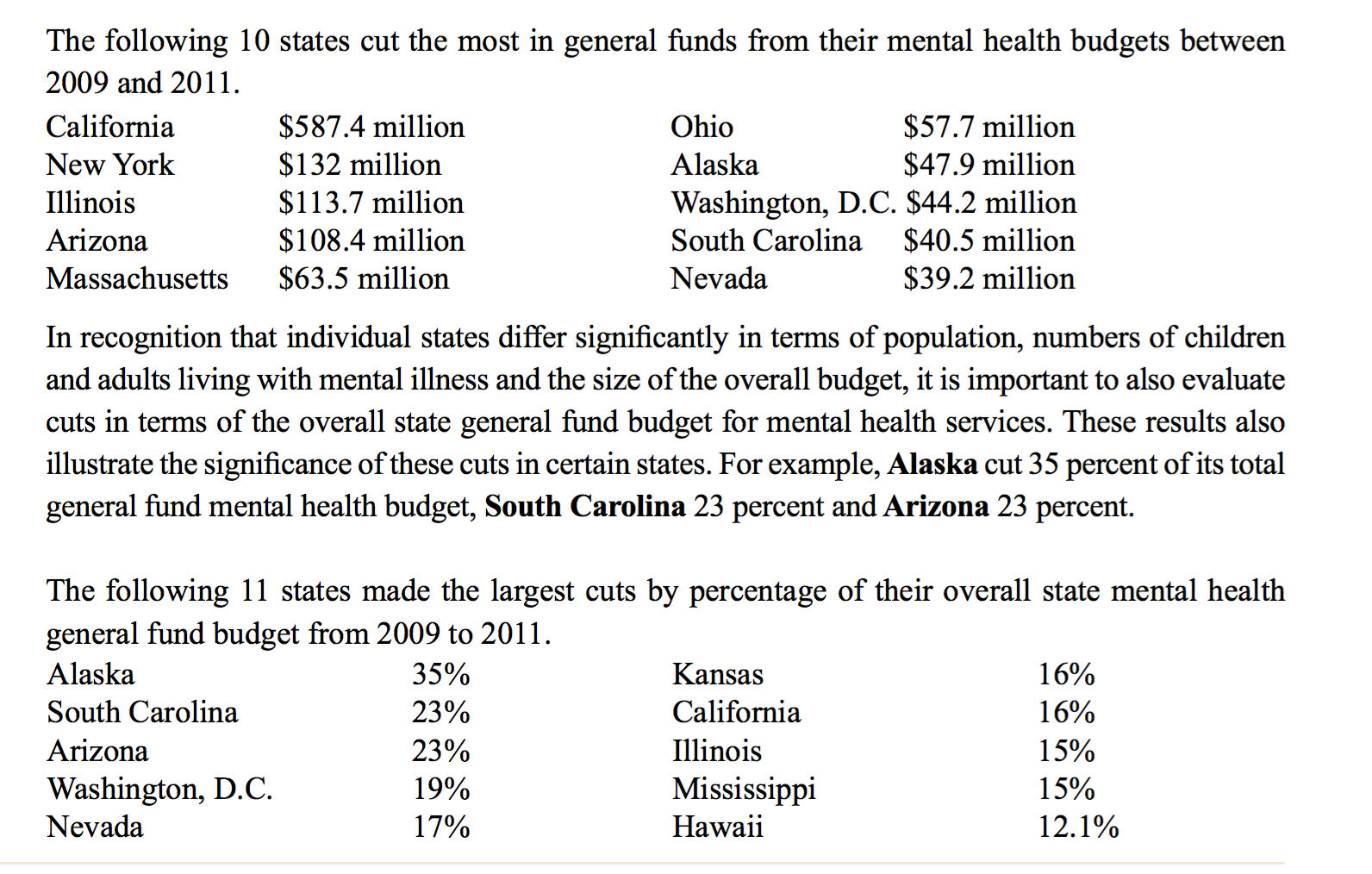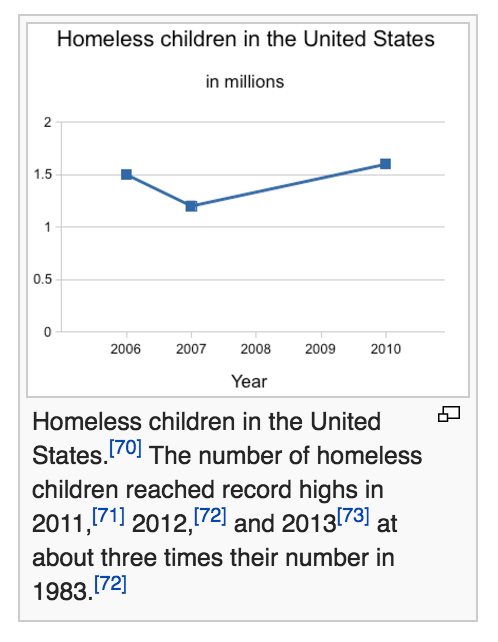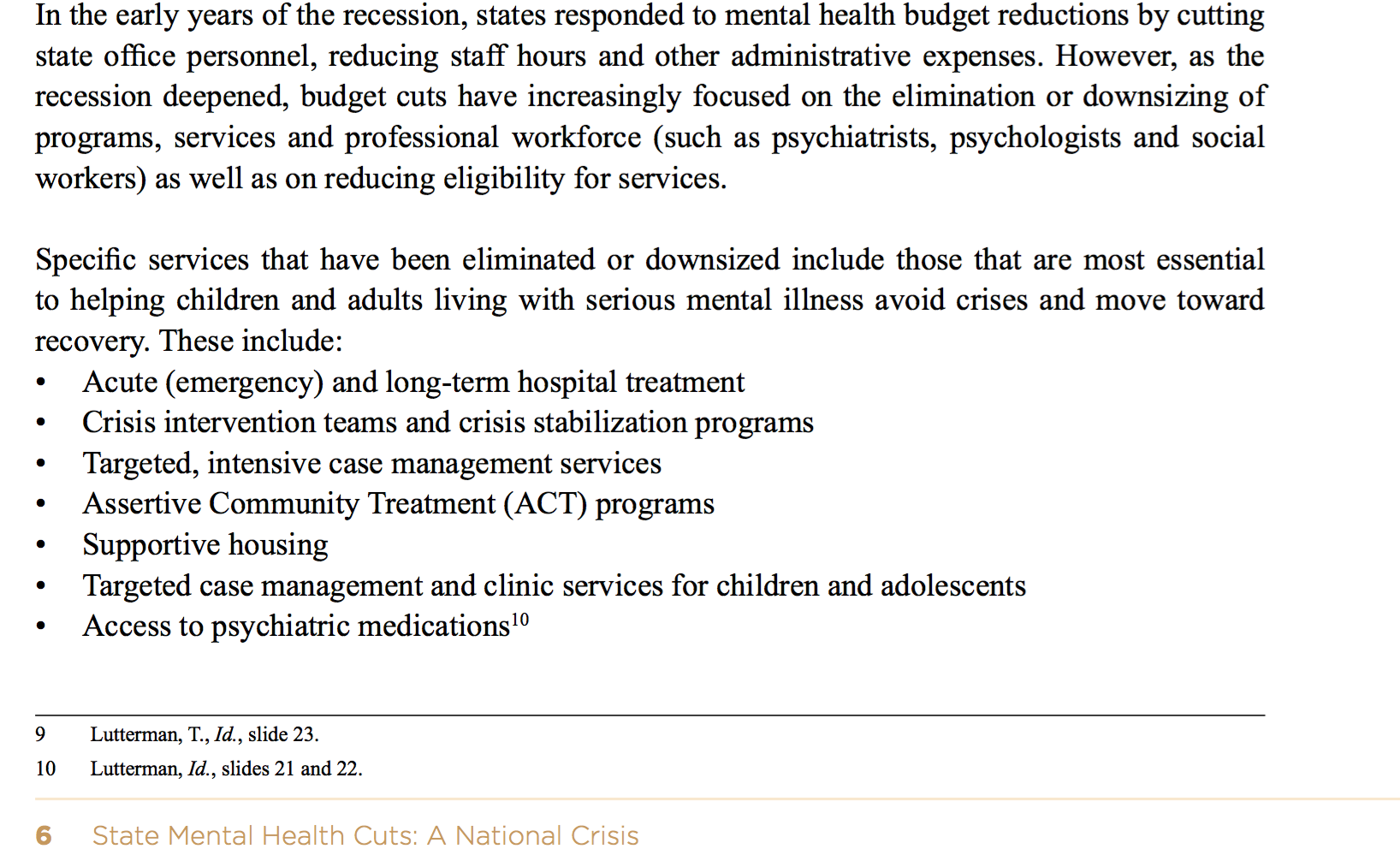By: Benjamin Conlon
Let’s imagine a seventh grader. He’s a quiet kid, polite, with a few friends. Just your ordinary, run-of-the-mill twelve-year-old. We’ll call him Brian. Brian’s halfway through seventh grade and for the first time, he’s starting to wonder where he falls in the social hierarchy at school. He’s thinking about his clothes a little bit, his shoes too. He’s conscious of how others perceive him, but he’s not that conscious of it.
He goes home each day and from the hours of 3 p.m. to 7 a.m., he has a break from the social pressures of middle school. Most evenings, he doesn’t have a care in the world. The year is 2008.
Brian has a cell phone, but it’s off most of the time. After all, it doesn’t do much. If friends want to get in touch, they call the house. The only time large groups of seventh graders come together is at school dances. If Brian feels uncomfortable with that, he can skip the dance. He can talk to teachers about day-to-day problems. Teachers have pretty good control over what happens at school.
Now, let’s imagine Brian on a typical weekday. He goes downstairs and has breakfast with his family. His mom is already at work, but his dad and sisters are there. They talk to each other over bowls of cereal. The kids head off to school soon after. Brian has a fine morning in his seventh grade classroom and walks down to the lunchroom at precisely 12 p.m.
There’s a slick of water on the tiled floor near the fountain at the back of the cafeteria. A few eighth graders know about it, and they’re laughing as yet another student slips and tumbles to the ground.
Brian buys a grilled cheese sandwich. It comes with tomato soup that no one ever eats. He polishes off the sandwich and heads to the nearest trashcan to dump the soup. When his sneakers hit the water slick, he slips just like the others. The tomato soup goes up in the air and comes down on his lap.
Nearby, at the table of eighth graders, a boy named Mark laughs. He laughs at Brian the same way the boys around him laugh at Brian. They laugh because they’re older, and they know something the younger kids don’t. They laugh at the slapstick nature of the fall. The spilled tomato soup is a bonus. The fall is a misfortune for Brian. That’s all. It’s not an asset for Mark. A few kids hear the laughter and look over, but Brian gets up quickly and rushes off to the bathroom to change into his gym shorts.
Mark tries to retell the story to a friend later. The friend doesn’t really get it because he wasn’t there. He can’t picture it. In fact, Mark seems a little mean for laughing at all.
After lunch, Brian returns to homeroom in his gym shorts. No one seems to notice the change. He breathes a sigh of relief. The cafeteria fall is behind him. He meets his sisters at the end of the day and they ask why he’s wearing gym shorts. He tells them he spilled some tomato sauce on his pants. They head home and spend the afternoon and evening together, safe and sound, home life completely separate from school life. Brian doesn’t think about the incident again. Only a few people saw it. It’s over.
Now, let’s imagine Brian again. Same kid. Same family. Same school. He’s still in seventh grade, but this time it’s 2018.
When Brian sits down for breakfast, his dad is answering an email at the table. His older sister is texting, and his younger sister is playing a video game. Brian has an iPhone too. He takes it out and opens the Instagram app. The Brian from 2008 was wondering about his position in the social hierarchy. The Brian from 2018 knows. He can see it right there on the screen. He has fewer ‘followers’ than the other kids in his grade. That’s a problem. He wants to ask his father what to do, but there’s that email to be written. Instead, Brian thinks about it all morning at school. While his teacher talks, he slips his phone out and checks to see how many ‘followers’ the other kids in class have. The answer doesn’t help his confidence. At precisely 12 p.m., he heads to the cafeteria. He buys a grilled cheese. It comes with tomato soup that no one ever eats.
At the back of the lunchroom, Mark sits with the other eighth graders. He holds a shiny new iPhone in one hand. Mark has had an iPhone for five years. He’s got all the apps. Twitter, Instagram and Snapchat. He’s got lots of followers too. He doesn’t know all of them, but that’s okay.
A few years ago, Mark made his first Instagram post. It was a picture of his remote control car. Mark used to really enjoy remote control cars. Mark checked Instagram an hour after putting up that first picture. A bright red dot showed at the bottom of the page. He clicked it. Someone had ‘liked’ the picture of the car. Mark felt validated. It was good that he posted the picture. A little bit of dopamine was released into Mark’s brain. He checked the picture an hour later. Sure enough, another ‘like’. More dopamine. He felt even better.
For a while, pictures of the remote control car were sufficient. They generated enough ‘likes’ to keep Mark happy. He no longer got much joy from actually driving the remote control car, but he got plenty from seeing those ‘likes’ pile up.
Then something started to happen. The ‘likes’ stopped coming in. People didn’t seem interested in the pictures of the car anymore. This made Mark unhappy. He missed the ‘likes’ and the dopamine that came with them. He needed them back. He needed more exciting pictures, because exciting pictures would bring more views and more ‘likes’. So, he decided to drive his car right out into the middle of the road. He had his little brother film the whole thing. He filmed the remote control car as it got flattened by a passing truck. Mark didn’t bother to collect it. He just grabbed his phone and posted the video. It was only a few minutes before the ‘likes’ started coming in. He felt better.
Now it’s eighth grade and Mark has become addicted to social media. Sure, he needs a lot more ‘likes’ to get the same feeling, but that’s okay. That just means he needs more content. Good content. Content no one else has. That’s the kind that gets a lot of ‘likes’, really, really fast. Mark has learned the best content comes from filming and posting the embarrassing experiences of classmates.
When he notices that water slick at the back of the cafeteria, he’s ready. Each time someone walks by and falls, their misfortune becomes an asset for Mark. A part of Mark wants them to fall. He hopes they fall.
Brian walks across the cafeteria with his soup, minding his own business. Suddenly, his feet slide out from under him. The tomato soup goes up in the air and comes down on his lap. He’s so embarrassed, that when he stands up and rushes off to the bathroom, he doesn’t notice Mark filming.
Mark’s fingers race over his iPhone screen before Brian is out of sight. That was a great video he just took, and he wants to get it online. Fast. He knows he’s not supposed to have his cell phone out in school, but the teachers really only enforce that rule during class. They all use Twitter and Instagram too. They understand.
Mark doesn’t know who he just filmed, and he doesn’t care. It’s not his fault the kid fell on the floor. He’s just the messenger. The video is a kind of public service announcement. He’s just warning everyone else about the water spot in the cafeteria. That’s what Mark tells himself.
He gets the video uploaded to Snapchat first. No time for a caption. It speaks for itself. He has it up on Instagram seconds later. By then, the ‘likes’ are already coming in. Dopamine floods into Mark’s brain. There’s a comment on Instagram already! “What a loser!” it says. Mark gives the comment a ‘like’. Best to keep the audience happy.
This has been a rewarding lunch. The bell’s going to ring in a few minutes. Mark sits back and refreshes his screen again and again and again until it does.
Meanwhile, Brian heads back from the bathroom, having changed into his gym shorts. He’s still embarrassed about the fall. It happened near the back of the cafeteria, though. He doesn’t think many people saw. He hopes they didn’t. But when he walks into the classroom, a lot of people look at him. One girl holds her phone up at an odd angle. Is she…taking a picture? The phone comes down quickly and she starts typing, so he can’t be sure.
Class begins. Brian is confused because people keep slipping their phones out and glancing back at him. He asks to go to the bathroom. Inside a stall, he opens Instagram. There he is on the screen, covered in tomato sauce. How could this be? Who filmed this? Below the video, a new picture has just appeared. It’s him in his gym shorts. The caption reads, “Outfit change!”
Brian scrolls frantically through the feed trying to find the source of the video. He can’t. It’s been shared and reshared too many times. He notices his follower count has dropped. He doesn’t want to go to class. He just wants it to stop.
He meets his sisters outside at the end of the day. Several students snap pictures as he walks by. Neither sister says a word. Brian knows why.
Home was a safe place for Brian in 2008. Whatever happened in school, stayed in school. Not now. Brian arrives at his house, heart thundering, and heads straight to his bedroom. He’s supposed to be doing homework, but he can’t concentrate. Alone in the dark, he refreshes his iPhone again and again and again and again.
Brian’s family is having his favorite dish for dinner, but he doesn’t care. He wants it to be over so he can get back to his phone. Twice, he goes to the bathroom to check Instagram. His parents don’t mind, they’re checking their own phones.
Brian discovers that two new versions of the video have been released. One is set to music and the other has a nasty narration. Both have lots of comments. He doesn’t know how to fight back, so he just watches as the view counts rise higher and higher. His own follower count, his friend count, keeps going in the opposite direction. Brian doesn’t want to be part of this. He doesn’t like this kind of thing. He can’t skip it though. It’s not like the dance. And he can’t tell a teacher. This isn’t happening at school.
He stays up all night refreshing the feed, hoping the rising view count will start to slow. Mark is doing the same thing at the other side of town. He has lots of new followers. This is his best video ever.
At 3 a.m., they both turn off their lights and stare up at their respective ceilings. Mark smiles. He hopes tomorrow something even more embarrassing happens to a different kid. Then he can film that and get even more ‘likes’. Across town, Brian isn’t smiling, but sadly, he’s hoping for exactly the same thing.
From the Author
I started teaching in 2009. At that time, public school was very much the way I remembered it. That’s not the case anymore. Smartphones and social media have transformed students into creatures craving one thing: content. It’s a sad state of affairs.
But there’s hope.
Over the last few years, my students have become increasingly interested in stories from the days before smartphones and social media. In the same way many adults look back fondly on simpler times, kids look back to second and third grade, when no one had a phone. I think a lot of them already miss those days.
Smartphones and social media aren’t going anywhere. Both are powerful tools, with many benefits. But they have fundamentally altered how children interact with the world and not in a good way. We can change that. In addition to the “Wait Until 8th” pledge, consider taking the following steps to help your children reclaim childhood.
- Propose that administrators and teachers stop using social media for school related purposes. In many districts teachers are encouraged to employ Twitter and Instagram for classroom updates. This is a bad thing. It normalizes the process of posting content without consent and teaches children that everything exciting is best viewed through a recording iPhone. It also reinforces the notion that ‘likes’ determine value. Rather than reading tweets from your child’s teacher, talk to your children each day. Ask what’s going on in school. They’ll appreciate it.
- Insist that technology education include a unit on phone etiquette, the dark sides of social media and the long-term ramifications of posting online. Make sure students hear from individuals who have unwittingly and unwillingly been turned into viral videos.
- Tell your children stories from your own childhood. Point out how few of them could have happened if smartphones had been around. Remind your children that they will some day grow up and want stories of their own. An afternoon spent online doesn’t make for very good one.
- Teach your children that boredom is important. They should be bored. Leonardo Da Vinci was bored. So was Einstein. Boredom breeds creativity and new ideas and experiences. Cherish boredom.
- Remind them that, as the saying goes, adventures don’t come calling like unexpected cousins. They have to be found. Tell them to go outside and explore the real world. Childhood is fleeting. It shouldn’t be spent staring at a screen.





 ADD is the most common learning and behavior problem in children. But the issue doesn’t end there: It is also one of the most common problems in adults, and has been associated with serious problems in school, relationships, work, and families. Despite its prevalence, many myths and misconceptions about ADD abound in our society. Here are just a few of them:
ADD is the most common learning and behavior problem in children. But the issue doesn’t end there: It is also one of the most common problems in adults, and has been associated with serious problems in school, relationships, work, and families. Despite its prevalence, many myths and misconceptions about ADD abound in our society. Here are just a few of them:


